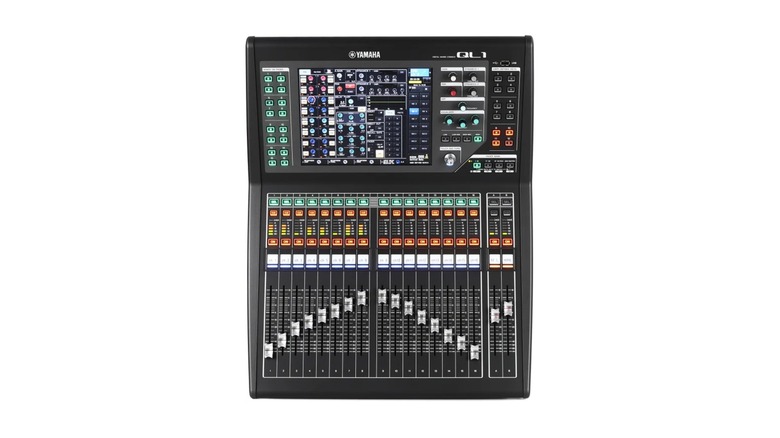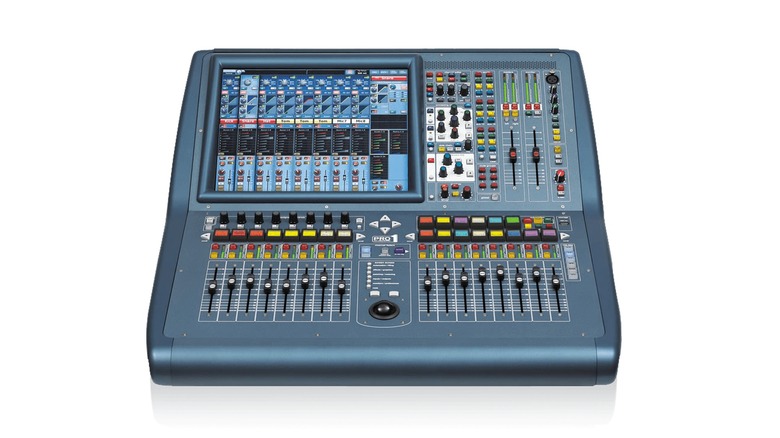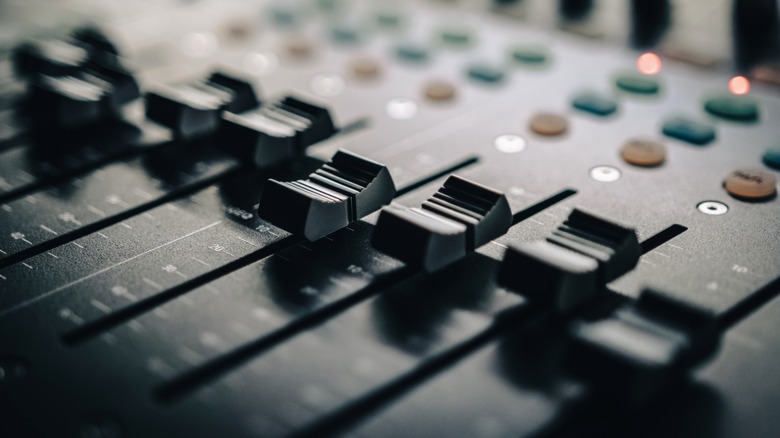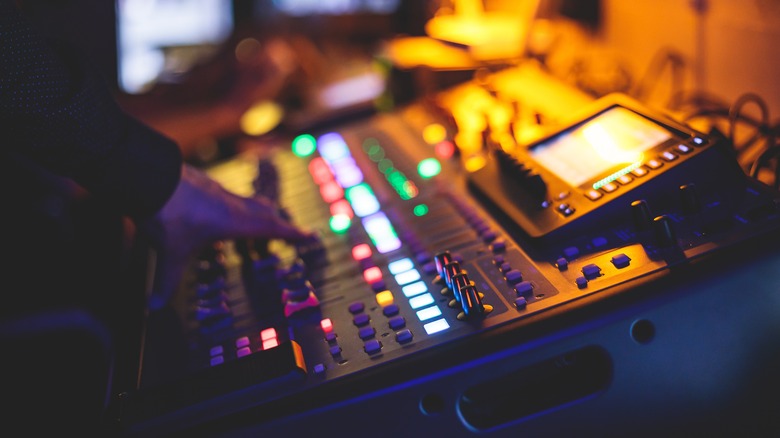Yamaha QL1 Vs. Midas PRO1-IP: What's The Difference Between These Digital Mixers?
If you're a sound engineer looking for a professional-grade digital mixer, Yamaha and Midas are two trustworthy names in the music industry, offering premium musical gear for heavy demands. Two popular choices are the Yamaha QL1 and Midas PRO1-IP digital mixer, but which mixer is best suited to your demands?
Unlike audio tech that is a waste of money, a digital mixer is a staple piece of technology for any sound technician. If you've ever watched a theater production or a live band perform in a large venue, you will have already experienced the workings of a mixer. Primarily used to monitor sound levels, the digital mixer adjusts incoming signals from instruments and microphones while adding effects such as EQ. Some digital mixers also work with popular music production software so you can create live recordings of performances.
If you're hunting for a high-quality digital mixer, there are several key attributes to look out for, including the number of inputs and outputs, the interface and controls, plus the overall sound quality. Here's an overview of the Yamaha QL1 and Midas PRO1-IP digital mixers, plus how the models compare against each other.
What is the Yamaha QL1 digital mixer?
Yamaha's QL1 digital mixer shares many features with the fan-favorite CL digital mixer series, offering superior sound quality and effortless usability in a more compact build. The mixer features 32 mono channels, eight stereo mixing channels, plus 16 mic preamps, making it perfect for small to medium-sized live sound events. However, you can easily integrate the QL1 into a larger system using the mini-YGDAI slots, or you can connect multiple QL1 mixers together for a vast sound.
At the heart of the mixer are ultra-powerful processors built with Virtual Circuitry Modeling (VCM). This technology simulates the acoustics of analogue sounds to provide a warm, authentic sound. It's impossible not to mention the processor technology has been developed in cooperation with Rupert Neve Designs to guarantee professional-grade quality.
The QL1 features seamless integration with the DAW of your choice thanks to Dante, so you can easily make recordings if needed. On top of that, there's the StageMix app, available for iOS and Mac, which enables you to mix remotely and set parameters on the QL1 (within wireless range). With 16 DCA groups, eight mute groups, several user key sets, and extensive EQ and dynamics controls, the QL1 is engineered for live sound.
What is the Midas PRO1-IP digital mixer?
The Midas PRO1-IP is a 40-channel digital mixer with intuitive controls, top-notch sound quality, and comforting ergonomics. The digital mixer features 24 mic preamps and 27 mix buses, plus you can use up to 12 multi-channel FX engines. The mixer is fueled by a powerful 96kHz 40-bit processor, which ensures professional-grade performance for live shows, concerts, and other commercial applications.
In any professional setting, managing delays can be frustrating and can often lead to issues like comb filtering. The problem frequently occurs if you're using analog-to-digital converters (ADCs) or digital-and-convertors (DACs) with analog insert points, which can lead to out-of-phase signals. Luckily, the MIDAS PRO1-IP features delay management technology to combat path-related delays and correct A/D conversions.
In terms of its setup, getting stage-ready couldn't be easier with the Midas PRO1-IP. The digital mixer is practically ready to use out of the box and can be used without any additional hardware. You can also easily expand the system if necessary using I/O units. The Midas ProRO1-IP is compatible with any 96kHz AES50 device as well as any I/O device from the Midas Pro Series.
Which digital mixer is better?
Judging by their inputs and outputs, the Midas Pro-1P comes out on top thanks to its 24 mic preamps and 27 mix buses. The Yamaha QL1 is slightly more limited, with only 16 mic inputs and 16 mix buses. It's worth noting, however, that both systems can easily be extended if your venue caters it.
Things are arguably more equal in terms of the mixer's performance and processing power. Choosing Yamaha, you're guaranteed the quality and professionalism of Rupert Neve Designs, owning up to over 80 years of experience from the acclaimed British-American engineer. On the other hand, the Midas PRO1-IP boasts award-winning preamplifiers, built from premium-grade materials for seamless reamplification. You can rest assured both products offer top performance to meet professional demands for live gigs.
Another notable comparison is the DAW compatibility. While the Yamaha QL1 supports multitrack recordings via Dante, the Midas PRO1-IP does not. While this won't be necessary for all engineers, DAWs are super-useful for creating and managing recordings from events, and they can also be used for virtual sound checks. So, if you need to master some professional recordings from a live gig, opt for Yamaha.
Methodology
We've collected information about the digital mixers from trusted names in the music business such as Sweetwater. Other important specifications have been gathered directly from Yamaha or Midas themselves to ensure you know exactly what each digital mixer offers. As the author, I have been involved in the music industry for several years testing and using audio equipment, with a degree in Music.




